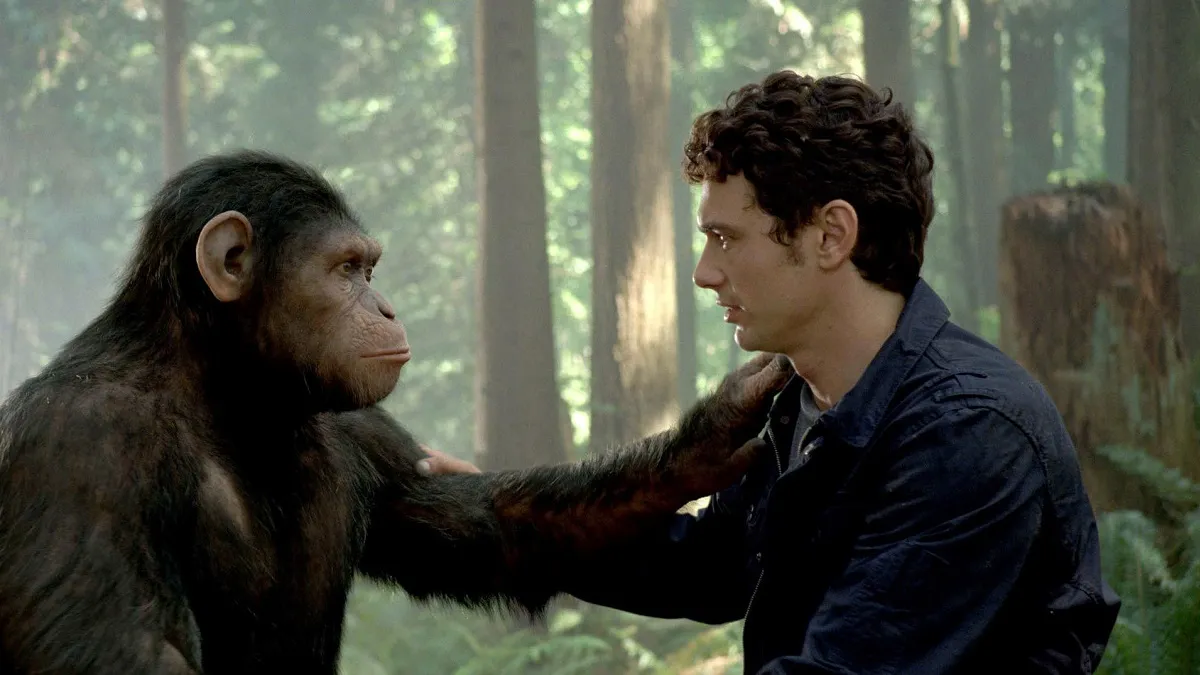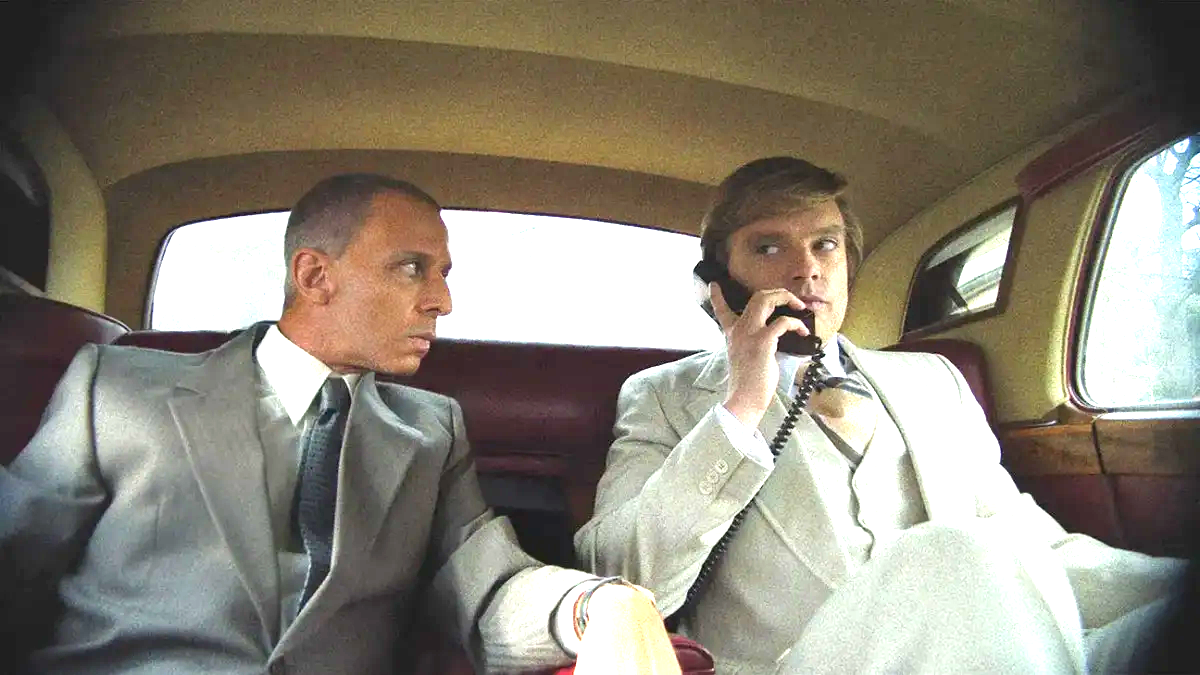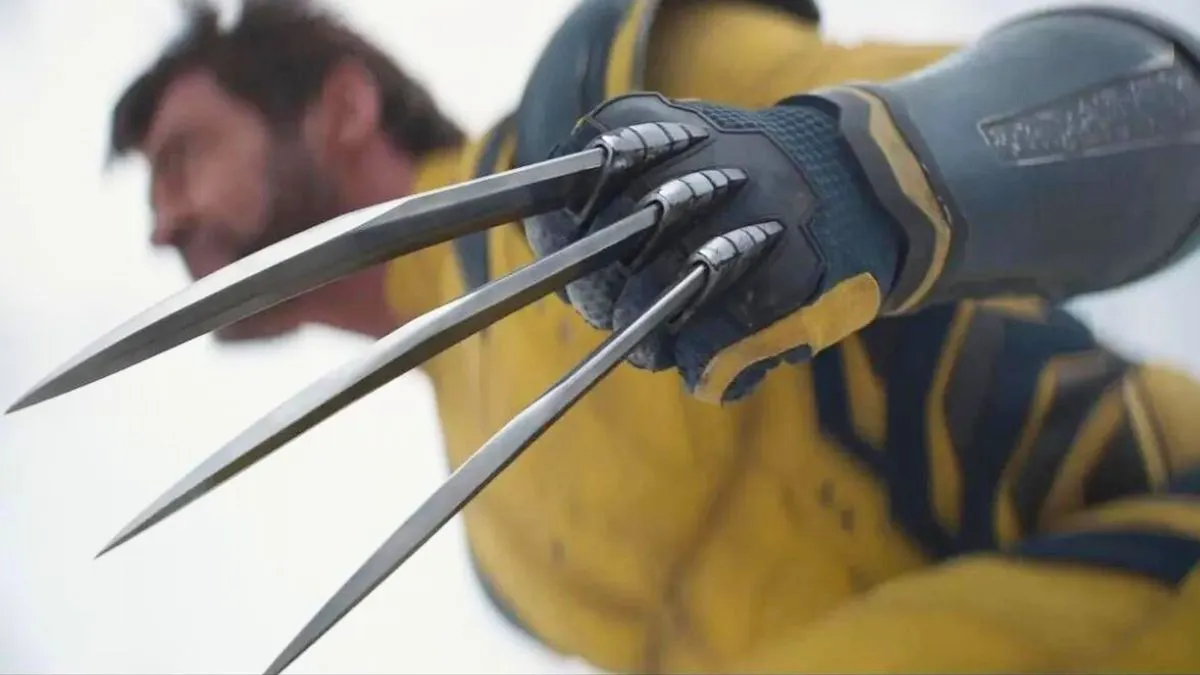
The found footage genre is a peculiar one. It rests its laurels on building realism through the urgency and immediacy of the filmed footage. However, quite often, the characters in these films go to such extreme lengths to shoot this footage that one wonders why they are committing to capturing so much extraneous material. Every so often, a genre film will use the recordings in a chilling or original way. However, much of the time, having a character record all of the events on a video camera comes off as a contrived gimmick. The only way a film of this sort can be successful is if the story would not have worked as effectively with a regular, multi-camera staging.
The biggest problem with Project Almanac, a new sci-fi drama aimed at teens, is how rarely its writers convince us that the story should be told through the immediate presence of a video camera. A film’s cinematography works best when we forget that there is a person standing behind the lens, making decisions of what we will see and how we will experience the story in front of us. If a shot lasts for too long or is too fleeting, we begin to wonder about either the pretensions or the shoddiness of the camerawork, taking us out of the filmic world. It becomes distracting when we are more focused on how the filmmaker chooses to tell and shoot the story than on the details of the story itself.
The found footage format almost never works in Project Almanac, a film that may have also been more entertaining if it didn’t share so many plot points with Josh Trank’s Chronicle, which only came out three Februarys ago. When merged with the scientific inconsistencies of its time-travel concept, Dean Israelite’s film becomes ridiculous. When you can stop focusing on the clumsy sci-fi plotting and the contrivance of having the characters film every moment, the sci-fi drama has some amusing sequences and fine acting from its young ensemble. However, that happens too rarely.
The film, produced by Michael Bay although lacking the over-produced cataclysmic set-pieces, centers on David Raskin (Jonny Weston). David is a tech whiz in his senior year of high school, hoping to get into MIT on a scholarship. Despite his intelligence and resemblance of a young Michael Fassbender, he is lousy at picking up girls and only has two friends, Quinn (Suburgatory’s Sam Lerner) and Adam (Allen Evangelista, from The Secret Life of the American Teenager).
One afternoon while rummaging through his attic, David finds a video camera that belonged to his late father. When revisiting footage from his own seventh birthday party, the teen makes a startling discovery: his 17-year-old self is present at the celebrations, shown in a mirror reflection. Upon unlocking his father’s basement laboratory, David and his pals find blueprints for a “temporal re-location prototype.” Or, in plainer English, a time machine.
Despite their forced references to various films that involve time travel or parallel universes – Timecop, The Terminator and Groundhog Day all get mentions – the teenage protagonists have not seemed to learn from past human abuses of time travel in their entertainment. After finishing the machine, they jump quickly from trying the device out on household objects to becoming the test subjects. Instead of making drastic changes to their emotional lives, the teens use the machine for instant gratification, going back a few weeks to ace a test, get revenge on a bully or do crazy things to grab the attention of a student body that had ignored them.

These brisk sequences, reminiscent of Edge of Tomorrow’s frequent mulligan takes and Chronicle’s high-school setting, offer laughs and give the supporting cast (mostly Lerner) the chance to own the frame for a few minutes. This wildly energetic mid-section leads to an adventure to the previous summer’s Lollapalooza and culminates in a colorful, frenetic montage with fireworks, glow sticks and fleeting first love. (Nevertheless, did Imagine Dragons really need a self-serving cameo?) However, as soon as the film returns to the loopy time-related paradoxes, Project Almanac collapses back into clumsy plotting. One of the characters decides to time travel without notifying their friends, predictably leading to some unforeseen circumstances.
When Project Almanac works, it is mostly due to the merits of its young cast, few of whom are recognizable to general audiences. Weston is a terrific anchor as the vulnerable if sometimes too ambitious David, trying to manage his feelings toward a cute girl, Jessie (Sofia Black D’Elia). Lerner gets some worthwhile laughs as the doughy comic relief, dazzled by his newfound popularity in another time dimension. However, there is not much to remember about Virginia Gardner as Christina, David’s younger sister, who also films their adventures.
If Christina is enigmatic as a character, her purpose behind the camera is even more elusive. To delegate the storytelling to this minor character is a curious choice, since Christina is never really expanded much beyond being David’s pushover sister who has a crush on Adam. Meanwhile, the quality of her camerawork – steady even during long runs, zooming in on distant conversations without so much as a hand shaking – indicates that she could be the next Janusz Kaminski. Even with the electro-magnetic energy flinging and twisting the characters and nearby objects, the camera never flails around. Alas, it is hard not to be distracted by the lack of a more familiar handheld type of shooting, which would be shaky and unpolished.
Project Almanac also has some issues with characterizing the teenage men and women. In this film, all of the main male characters are intelligent, kind and resourceful. Jessie and Christina, meanwhile, are impulsive, catty and stupid, usually asking David and his pals to dumb down their conversations into common terms. Furthermore, the women serve more as props to steer the men away from their integrity and caution with the time machine.
Ultimately, Project Almanac fails at being an authentic found footage experience. Beyond the contrivances outlined above, Israelite also employs elements such as non-diegetic music that does not work within a concept that is supposed to emphasize a closeness to realism. There are even a couple of scenes where we follow the characters even though Christina’s camera cannot be present in the same space. It makes one question why the film uses the found footage element at all. If only Israelite and the screenwriters could go back in time to change their approach, this sci-fi adventure could have been a blast of endearing fun.






